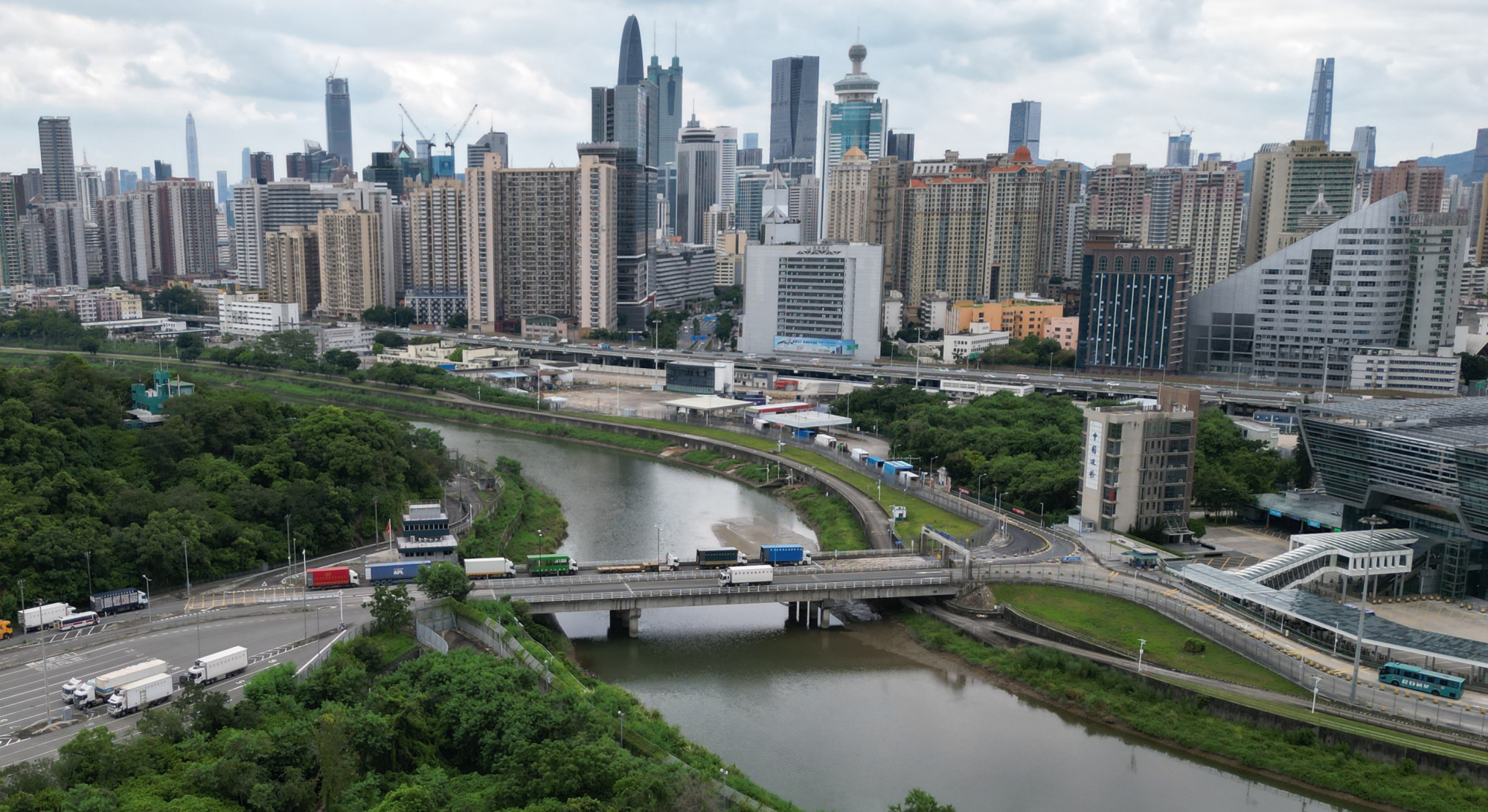Mainland Chinese officials said on Sunday they would like to take the opportunity to redevelop the control point at Luohu, known as Lo Wu on the Hong Kong side, and cooperate with the city government to achieve “seamless connectivity”.
Li Qian, deputy director of the Shenzhen Luohu District Development and Reform Bureau, said: “[Our plan is to] build a control point in Luohu, with co-location arrangements adopted.
“By this arrangement, one can go from the core district of Luohu in Shenzhen to the core district of Hong Kong via railway in about 50 minutes. This can also allow greater integration and development of the core districts of both places.”
Shenzhen authorities started plans to redevelop the Luohu checkpoint in 2022.
There could also be a new railway station for non-boundary crossing service between the existing Lo Wu station and Sheung Shui station, with a view to unleashing the development potential around Lo Wu and Man Kam To and Sheung Shui North.

Under the co-location arrangement, travellers could clear both Hong Kong and mainland border checks at a single site.
Such an arrangement has been implemented at the high-speed railway station in West Kowloon, and the Shenzhen Bay control point.
At present, Shenzhen-bound Hong Kong passengers taking East Rail trains must get off at Lo Wu station to pass through the Hong Kong checkpoint and walk across to the Luohu control point to clear the Shenzhen immigration and customs.
Lo Wu is a major land boundary control point, with the highest passenger traffic. It usually opens from 6.30am to midnight daily. Before the coronavirus pandemic, the Lo Wu control point handled more than 7.82 million arriving and departing visitors in 2019, or about 214,000 a day, according to Immigration Department statistics.
Meanwhile, Zuo Jinping, district mayor of Luohu district people’s government, also said on Sunday it hoped to explore closer cooperation with the Hong Kong government in the development of e-commerce platforms in the area near the Liantang checkpoint, or Heung Yuen Wai control point on the Hong Kong side.
“We can cooperate to develop new industries there,” Zuo said.
Simon Lee Siu-po, an honorary fellow at the Chinese University of Hong Kong’s Asia-Pacific Institute of Business, said he believed that if the extension plan materialised it could help the flow of people.
“The bad thing of course is the loss of retail and dining revenue [for Hong Kong],” Lee said. “But smoother people flow means reduced time cost. It is also a kind of benefit.”
Lee, a frequent traveller to Shenzhen, added he hoped the mainland customs would simplify clearance procedures after the redevelopment of the checkpoint.
“There is always a bottleneck. Even if a passenger does not have any luggage, he or she still needs to queue for customs clearance,” he said.
Timothy Chui Ting-pong, executive director of the Hong Kong Tourism Association, threw his support behind the idea, saying it would improve transport links between the core districts of both cities and promote cross-border integration.
It would also free up more land in Hong Kong that was occupied by the Lo Wu MTR station and checkpoint, he said.
Chui estimated the completion of this initiative would take years due to the restructuring of the Luohu district by mainland authorities and the infrastructural changes required for the MTR’s rail tracks.
Additional reporting by Danny Mok


